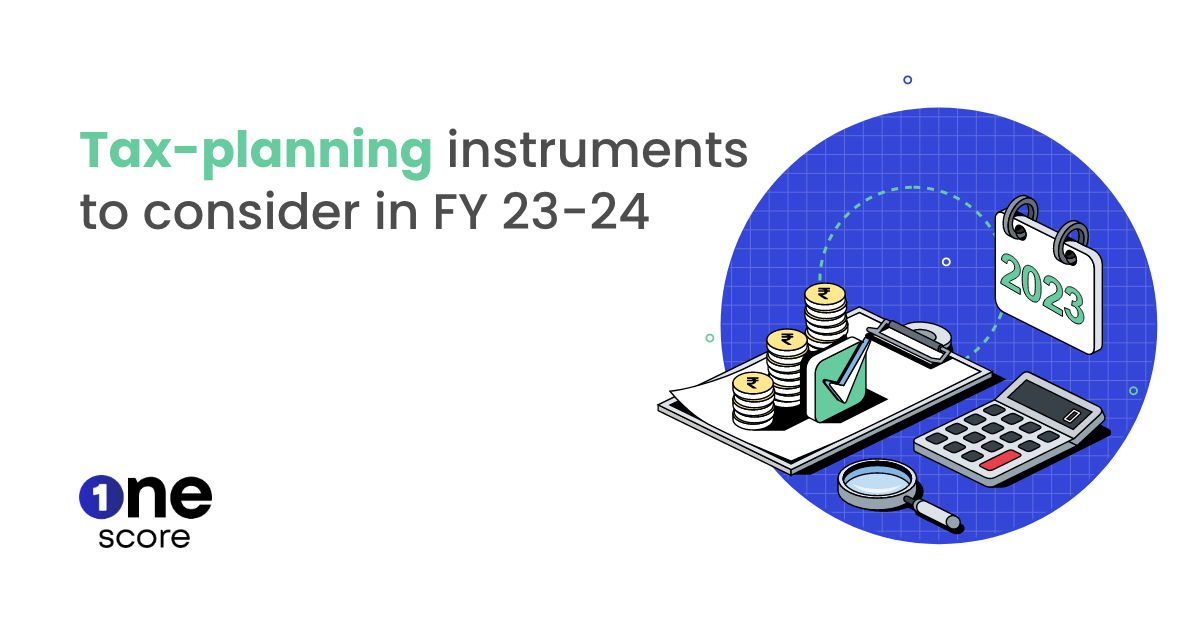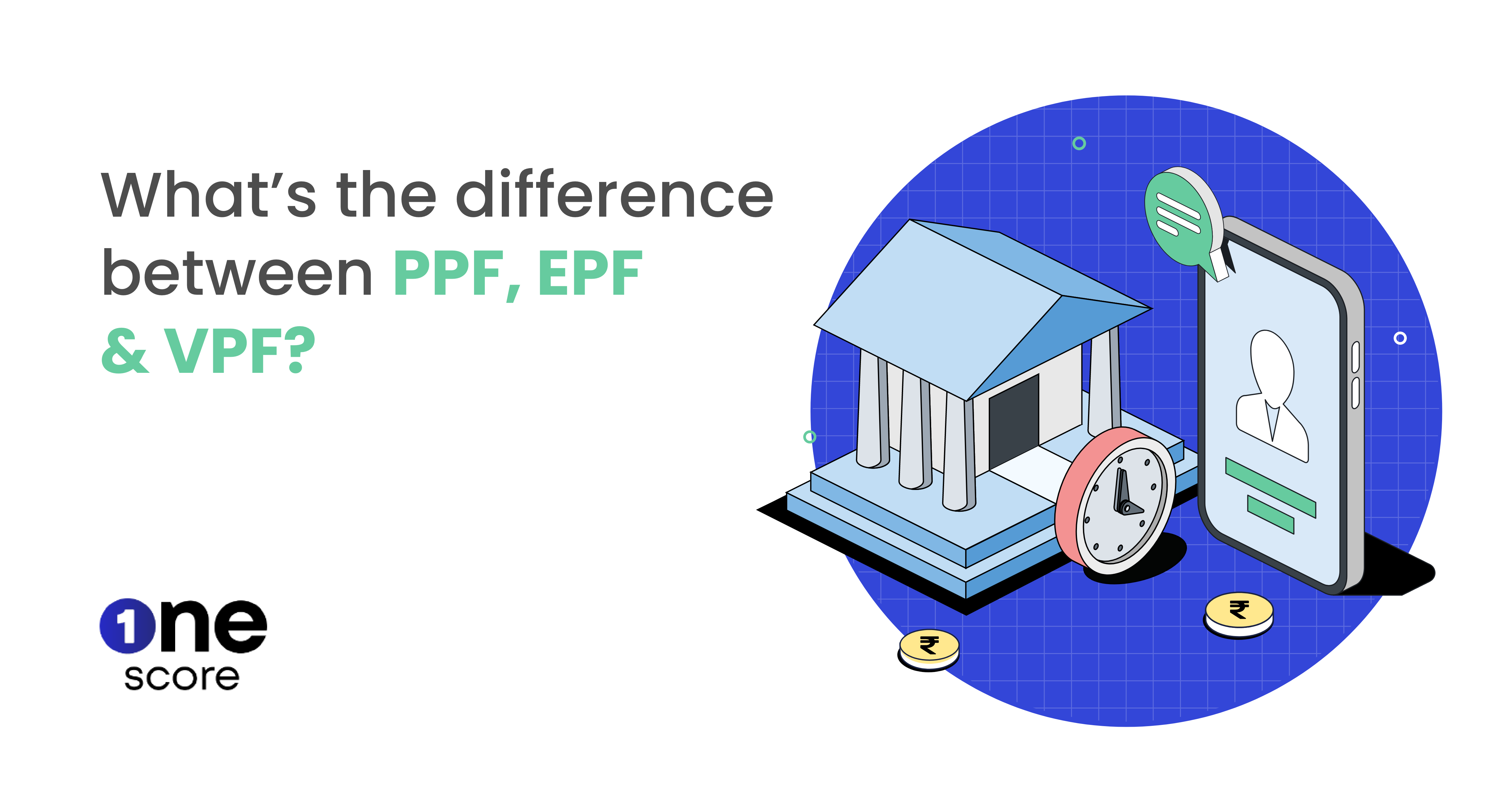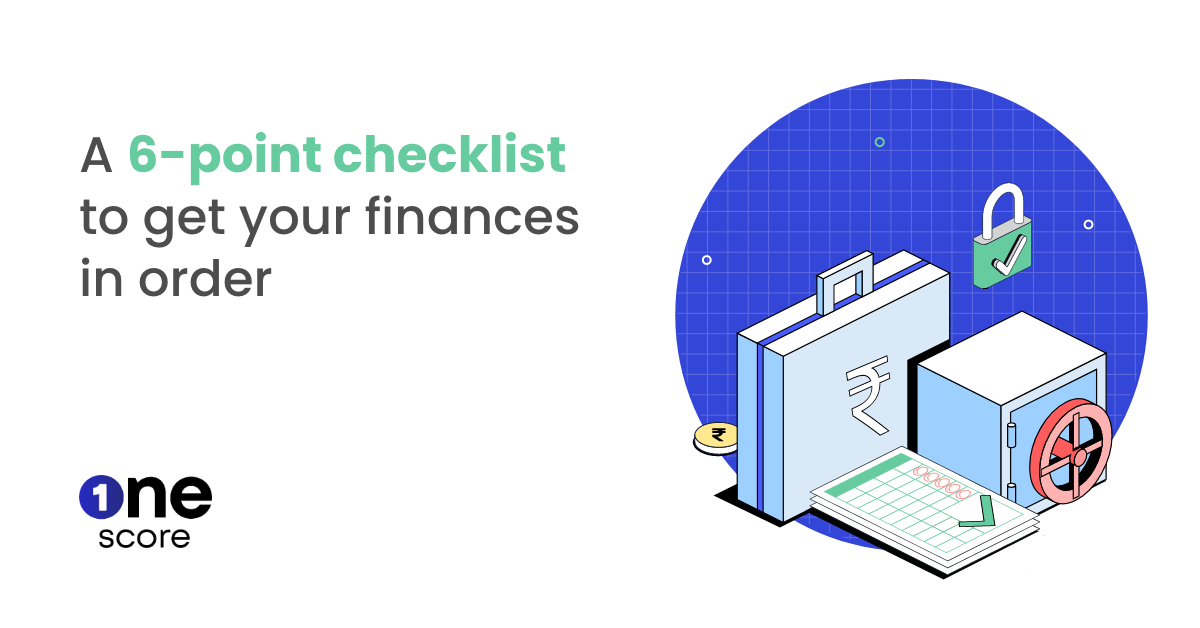6 Tax-saving instruments you must know of
The new financial year is just around the corner. If tax planning is on the top of your mind, here are 6 tax-saving instruments you should definitely consider.

Listen to the article here:
Tax-planning can seem like a daunting task when you are ill-informed about the tax-saving options available. Here’s the only list you need to check for government-backed tax-saving plans with reasonable returns.1. Tax-saver FD
Tax-saver FD is a type of fixed deposit which a lock-in period of 5 years. By investing in a tax-saver fixed deposit account, you can claim a deduction of up to Rs.1.5 lakh pa under Section 80C of the Income Tax Act, 1961. You can extend the tenure after maturity. A 5-year FD offers returns between 5-6%. However, the interest earned is considered taxable income.
2. Public Provident Fund (PPF)
PPF was introduced to encourage small savings by providing tax benefits along with reasonable returns on investment. It has a lock-in period of 15 years and gives returns at 7.1% which is fully exempt from tax under Section 80C. The minimum amount to be deposited in a financial year is Rs.500 and the maximum can be Rs.1,50,000. You can make a partial withdrawal after 5 years of maintaining the deposit and also avail of a loan against it.
To know more about PPF & other government-backed tax-saving instruments, read all about PPF, EPF & VPF
3. National Pension System (NPS)
National Pension System (NPS) is an investment cum pension scheme. You can make a minimum contribution of Rs.6000 pa, which can be paid in a lump sum or monthly installments of Rs. 500. NPS is a market-linked product that invests in a mix of equity, government bonds, corporate bonds, etc., and hence the returns are not guaranteed. The expected returns on NPS are 9-12% pa as they are subject to market-related risks.
One can claim up to Rs.1.5 lakhs for tax exemption on NPS under Section 80C of the Income Tax Act.
4. ELSS Funds
Equity Linked Saving Scheme or ELSS is a type of mutual fund scheme that invests a major portion in equity or equity-related instruments. They are one of the popular investment options as they offer tax exemption of up to Rs. 1,50,000 under section 80C of the Income Tax Act.
They have a lock-in period of 3 years. You can invest in ELSS through SIPs (Systematic investment plans) or lumpsum. ELSS offer potentially high returns at a short lock-in period and are also tax-efficient.
5. Sukanya Samriddhi Yojana (SSY)
Sukanya Samriddhi Yojana scheme is a government-backed saving scheme introduced as a part of “Beti Bachao, Beti Padhao Yojana.” By investing in SSY, the parents of a girl child can avail of tax benefits of up to Rs.1.5 lakh under Section 80C of the Income Tax Act, 1961.
The minimum amount you can invest under SSY is Rs.250 and the maximum amount is Rs.1.5 lakh pa. SSY offers an interest rate of 7.6% pa and has a tenure of 21 years. Premature withdrawals are allowed for higher education or marriage of the girl child provided she is at least 18 years of age.
6. Senior Citizen Saving Scheme (SCSS)
Senior Citizens Savings Scheme is a government-backed savings scheme that can be availed by any individual above the age of 60 years. The scheme offers interest at the rate of 7.4% pa. SCSS is great to ensure a regular stream of income for a senior citizen with the highest level of safety and tax benefits. One can open an SCSS account by depositing a minimum amount of Rs.1,000 up to Rs.15 lakh in one go.
Did you find the article helpful? Stay tuned as we dive deeper into personal finance and simplify credit management with OneScore Download now to never miss an update.
**Disclaimer: The information provided on this webpage does not, and is not intended to, constitute any kind of advice; instead, all the information available here is for general informational purposes only. FPL Consumer Services Private Limited and the author shall not be responsible for any direct/indirect/damages/loss incurred by the reader in making any decision based on the contents and information. Please consult your advisor before making any decision.


- OneScore , January 16, 2023

